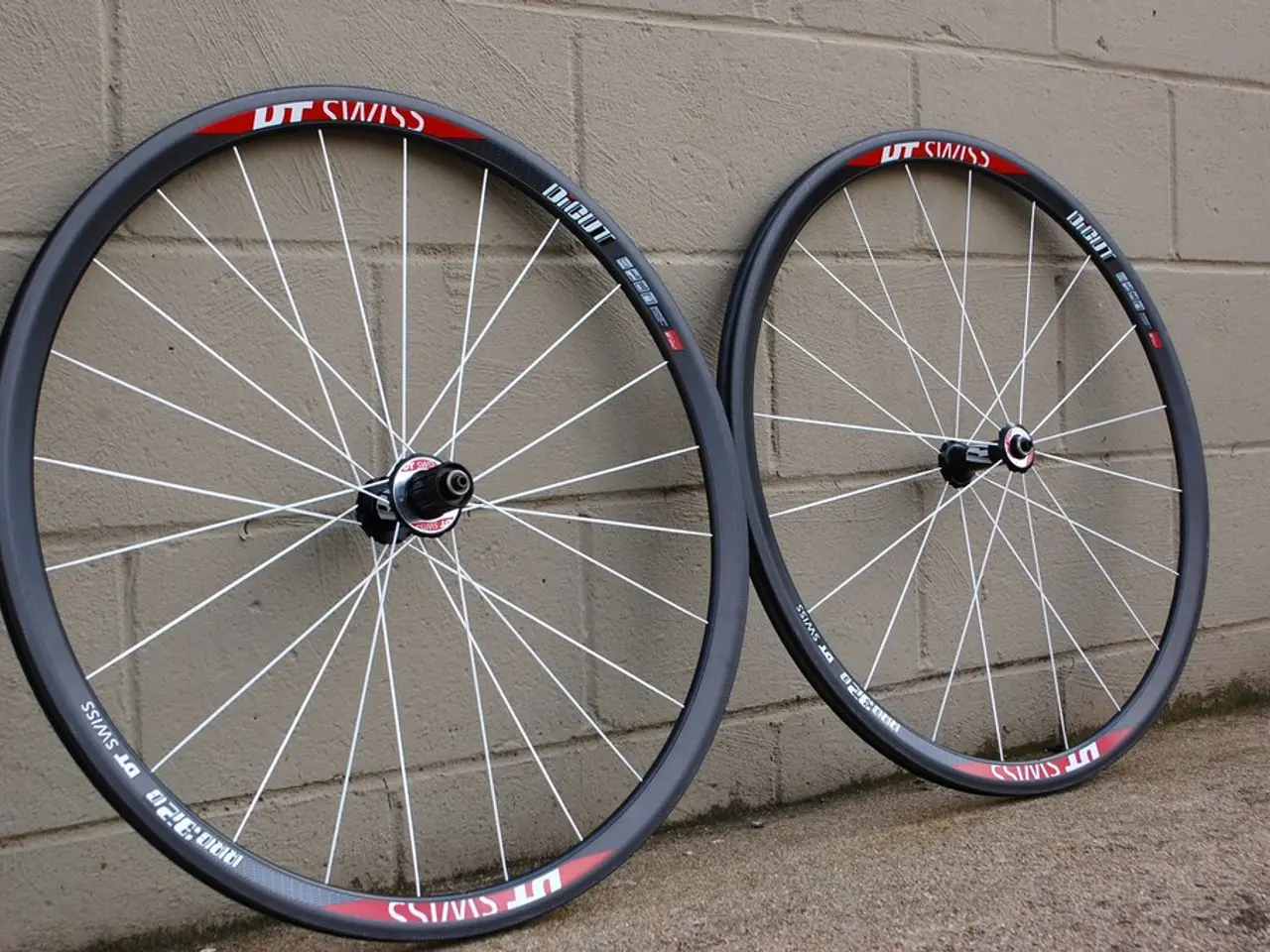Liver Shock: Identifying Symptoms, Treatment Options, and Prognosis
Shock liver, also known as ischemic hepatitis or hypoxic hepatitis, is a sudden, acute type of liver disease that can cause liver failure. This condition is a common cause of liver dysfunction in Intensive Care Units (ICUs), accounting for about 2.5% of ICU admissions [1][5].
The primary cause of shock liver is a sudden drop in blood flow and oxygen delivery to the liver. Conditions such as heart failure, septic shock, and systemic circulatory shock are the most notable culprits [1][5]. Heart failure, for instance, can reduce cardiac output, leading to a decrease in liver perfusion, triggering ischemic hepatitis or shock liver [1].
Septic shock and other forms of circulatory shock can also cause liver ischemia. Hypotension and poor tissue perfusion in shock states can restrict blood flow to the liver [1][5].
Another cause of shock liver is Acute Budd-Chiari syndrome, which occurs due to hepatic vein obstruction, resulting in impaired liver blood flow [1]. Severe hypotension or hypoxemia from various critical illnesses that cause systemic hypoperfusion are common triggers [1].
Several other factors can increase the risk of developing shock liver. These include sepsis or severe infections, the use of vasoconstrictive or hepatotoxic drugs, underlying chronic heart or liver conditions, and conditions that cause systemic hypoperfusion [1][4].
People with shock liver are often already severely ill. Symptoms include jaundice, feeling very sick, upper abdominal pain and tenderness, chest pain, sudden high fever, symptoms of sepsis, or any other signs of a serious illness. Anyone experiencing these symptoms should consult a doctor for urgent medical attention [1].
A diagnosis of shock liver requires a doctor to suspect that a person has cardiac, circulatory, or respiratory failure, tests that show an abrupt increase in serum aminotransferase, and the exclusion of other causes of liver cell damage [1].
The main risk of shock liver is liver failure, which can be fatal without treatment. However, prompt diagnosis and appropriate management can improve a person's outlook. The management of the underlying disease that led to shock liver is a key predictor of whether a person survives [1].
For instance, a 2020 paper detailed the case of a 21-year-old who developed shock liver following cardiogenic shock and was treated with mitral valve surgery [1]. When septic shock is the cause of liver shock, a doctor may prescribe antibiotics intravenously.
Most people who develop shock liver have heart disease and a heart health event, such as heart surgery or a heart attack, that can precede the liver shock [1].
Certain factors increase the risk of death from shock liver, including advanced age, a high risk score associated with the underlying condition, persistently elevated aminotransferase and LDH levels, an INR level higher than 2, a bilirubin level higher than 3 milligrams per deciliter, using vasopressors, acute kidney injury, and symptoms of sepsis [1].
Doctors may also look at prothrombin time (PT), a test to measure the time it takes for blood to clot, as part of the diagnostic process [1].
In summary, shock liver primarily occurs secondary to conditions causing a sudden drop in blood flow and oxygen delivery to the liver, most notably heart failure, septic shock, and systemic circulatory shock [1][5]. While it can be fatal for some people, others recover with prompt diagnosis and appropriate treatment.
Heart failure, a form of chronic disease, can lead to reduced cardiac output and decrease liver perfusion, thereby triggering ischemic hepatitis or shock liver. In combination with science, medical research continues to explore the health and wellness implications of cardiovascular health and its correlation with shock liver. Septic shock and other circulatory shock conditions also pose a risk of causing liver ischemia, contributing to the greater spectrum of chronic diseases and liver disorders.




